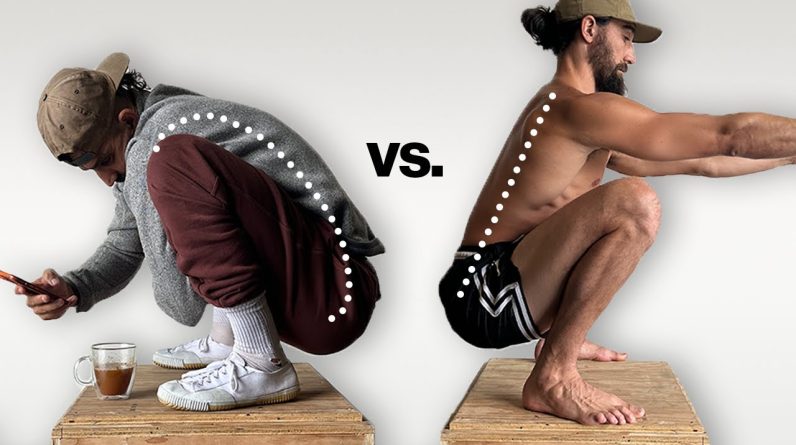
This is the age when obesity and excess weight accumulation is a universal problem. This condition is not selecting victims. Obesity could strike regardless of age, gender, and profession. Adults and children alike could possibly be obese due to the sedentary and inactive lifestyle. That is the main reason why personal trainers are very much in demand these days.
It is just surprising how many people could not help their selves when it comes to imposing discipline in weight regulation. Professional trainers are experts who have been trained, educated, and equipped to help people monitor their weight and do necessary exercises and measures to finally shed of excessive weight. While in the past personal trainers had been exclusive to adults, nowadays, there is a rising number of children who are also under personal training programs.
However, not too many parents are comfortable to the idea of giving their children professional personal trainers. Kids might also be embarrassed especially when their playmates, classmates, and friends learn about their personal trainers. Thus, as much as possible, parents want personal training programs for their children to be as discreet as possible.
It should not be a problem especially these days. Technology is fast catching up to help make lives better and improve weight training. There is a proposal from University of Southern California researchers to use mobile phones as a form of virtual personal trainers to help obese kids shed weight. This idea is mostly welcomed by parents, who are excited about the concept of virtual trainers that would be of service 24/7.
The proposal centers on the idea of hooking up obese children to a kind of ‘mobile body network’ that would be attached to the body. It would consist of a small device that would automatically measure the electrical conductivity of the skin. It would also at the same time facilitate monitoring of heartbeat rate. The gadget would also feature several other tools like an accelerometer and a blood glucose reader.
To be able to function across distances, the technology would use GPS for monitoring of location. The data to be collected at interval and specified periods would be sent virtually and wirelessly to a central processing venue in the university. It would use smartphone technology to make this possible. As for energy use, the device would be connected to a battery sensor.
Upon transmission of collected data, the central processing unit would process it in the university’s computer system. There, the information would be consolidated, processed, and translated. If the child with the device is just lying around, the system would monitor it and would send the information to the center, which in turn would put up and send text messages to remind the child to get up and move around. This is aimed at helping children keep up with an active lifestyle.
The device would also send information if the child is eating. Frequent eating sessions would prompt the system to send text messages to command a child to drop off that chocolate bar. The only challenge parents would take is how to ensure their children would listen to and heed the reminders sent through text. The technology is designed to monitor child activity and metabolism anytime, all day.
The smartphone connectivity would make the system functional wherever the child’s location may be. This would help eliminate the need to hire actual personal trainers, who could not make the rounds 24 hours a day.






